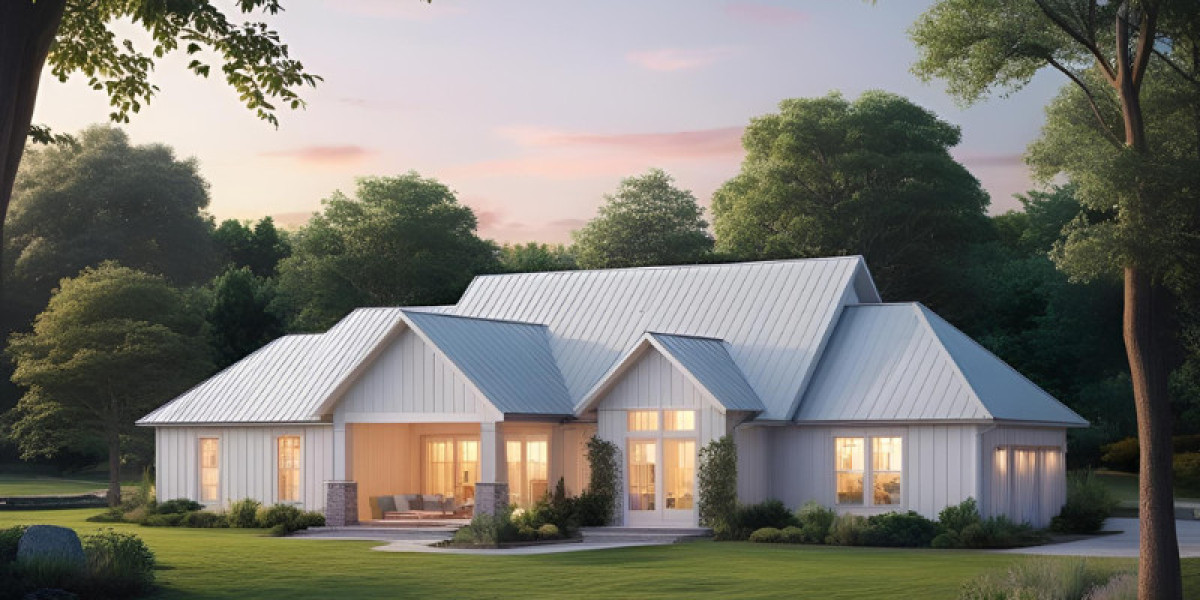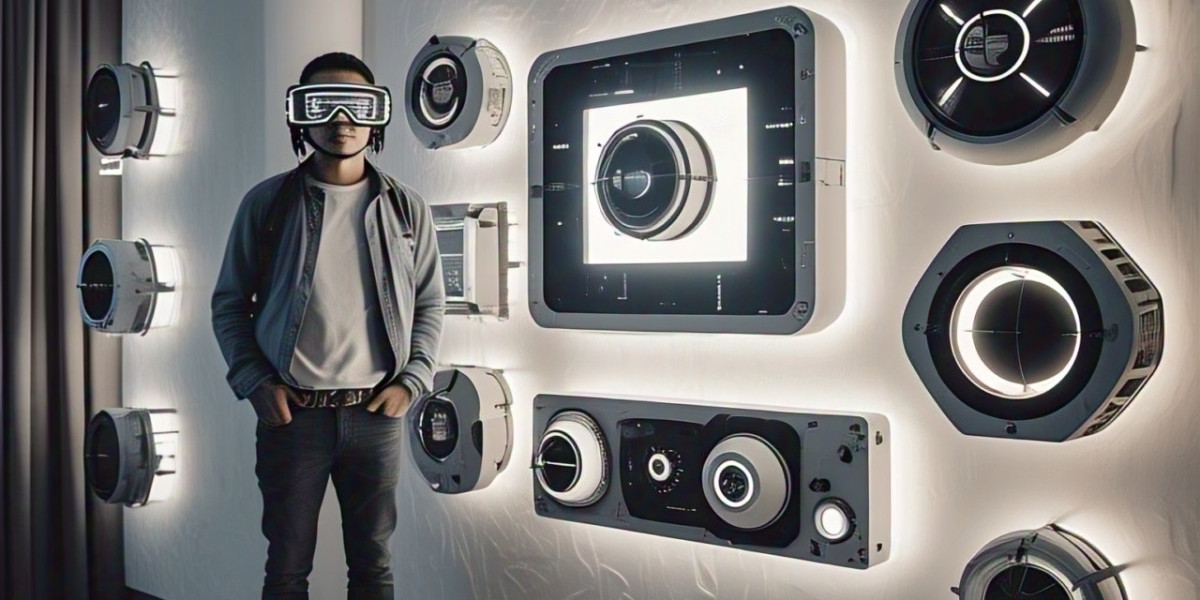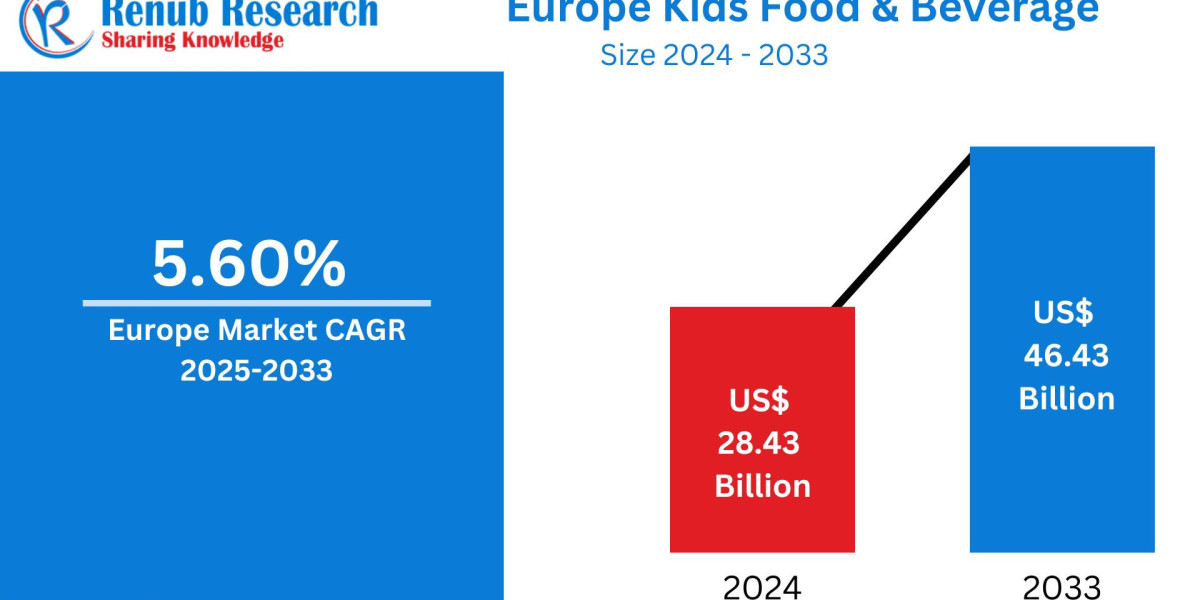The fields of architecture and design are undergoing a transformative shift, driven by rapid advancements in digital technology. Among the most significant innovations is the integration of Virtual Reality (VR) into 3D architectural rendering.
Traditionally, architects relied on static drawings and two-dimensional plans to communicate their visions—tools that often fell short in conveying the full spatial experience of a structure. With the rise of VR, however, 3D rendering has evolved from flat visualizations into immersive, interactive environments that allow clients, designers, and stakeholders to explore architectural spaces before they are built.
This convergence of VR and 3D rendering is not only enhancing the accuracy and creativity of architectural presentations but also redefining how we envision, evaluate, and engage with built environments.
Evolution of 3D Architectural Rendering
3D architectural rendering has changed a lot over the years. In the past, architects used hand-drawn sketches and physical models to show their ideas. These took a lot of time and skill. They were also hard to change if the design needed updates.
In the 1990s, computers started helping with design. Architects began using software like AutoCAD and SketchUp. These programs made it easier to draw buildings on the computer. Soon, designers could create simple 3D models and show different views of a project.
As technology improved, rendering became more realistic. New software like 3ds Max, V-Ray, and Lumion allowed architects to add lights, shadows, textures, and even people to their models. This helped clients understand what the building would really look like.
Today, 3D rendering is very advanced. Architects can create lifelike images and animations. Some even use virtual reality (VR) and augmented reality (AR) to let clients "walk through" a building before it's built. Cloud computing and AI tools now make rendering faster and more detailed.
The evolution of 3D rendering has made design work more creative and easier to share. It helps architects explain their ideas better and make changes quickly. It also helps clients see the final result before construction begins. This has improved communication and saved time and money.
Introduction to Virtual Reality in Architecture
Virtual Reality (VR) is a modern technology that allows people to explore and interact with digital spaces using special headsets or devices. In architecture, VR is changing the way buildings and spaces are designed, presented, and experienced.
Architects use VR to create 3D models of buildings before they are built. This helps them and their clients see what the building will look like in real life. Instead of looking at flat drawings or small models, clients can now “walk through” a building using VR. They can see rooms, furniture, lighting, and even how sunlight enters the space. This makes it easier to understand the design and make changes before construction begins.
VR also helps architects check their designs for problems. For example, they can see if a hallway is too narrow or if a window is in the wrong place. This saves time and money because changes can be made early.
In schools, architecture students use VR to practice and improve their design skills. It helps them learn faster and be more creative.
Key Benefits of VR in 3D Architectural Rendering
Virtual Reality (VR) is changing the way architects present and explore building designs. One of the biggest benefits of VR in 3D architectural rendering is that it helps people fully experience a design before it is built. Instead of just looking at flat drawings or 3D images, clients and designers can “walk through” a virtual version of the building. This makes it easier to understand space, lighting, and design choices.
Another key benefit is better communication. Sometimes, clients have trouble understanding technical drawings. VR solves this problem by showing the design in a way that feels real and easy to understand. This reduces confusion and makes it easier to share ideas and make changes early in the process.
VR also helps with faster decision-making. Since clients can clearly see how everything looks and feels, they can approve or suggest changes quickly. This saves time and money.
In addition, VR can help spot design flaws early. Walking through a virtual building can reveal issues that may not be obvious in traditional renderings. Fixing problems at this stage is much easier and cheaper than during construction.
Finally, VR offers a great way to impress clients. A virtual tour is more exciting and engaging than looking at 2D drawings or models. It creates a strong emotional connection with the project.
Technologies Powering the Shift
Today, new technologies are changing how we design and build things, especially in architecture. These tools are helping professionals move from old methods to modern, smart ways of working. One of the biggest changes is the use of Virtual Reality (VR). VR lets people experience a building before it is made. It helps architects show their ideas in a real, life-like way.
3D modeling software is another important tool. Programs like AutoCAD, SketchUp, and Revit help create detailed designs. These tools make it easy to draw buildings, add materials, and make quick changes. They also work well with VR, so users can step inside their designs.
Building Information Modeling (BIM) is also key. BIM is a system that holds all the details about a building in one place. It helps architects, engineers, and builders work together and avoid mistakes. BIM saves time, cuts costs, and improves quality.
Cloud computing allows teams to work from anywhere. Files can be stored online, shared quickly, and updated in real-time. This helps everyone stay on the same page, even if they are far apart.
Lastly, artificial intelligence (AI) is starting to help too. AI can analyze data and suggest better design ideas. It can even help predict problems before they happen.
The End Note
Virtual Reality is transforming the landscape of 3D architectural rendering, ushering in a new era of immersive design and collaboration. From its early days of hand-drawn sketches to today’s interactive VR experiences, architectural visualization has evolved into a powerful communication tool that bridges the gap between designers and clients.
By allowing users to explore spaces before they are built, VR enhances understanding, speeds up decision-making, and reduces costly errors.
Combined with advancements in 3D modeling, BIM, cloud computing, and AI, VR is reshaping how we design, evaluate, and experience architecture. As these technologies continue to develop, they will further streamline the design process and redefine the future of the built environment.








